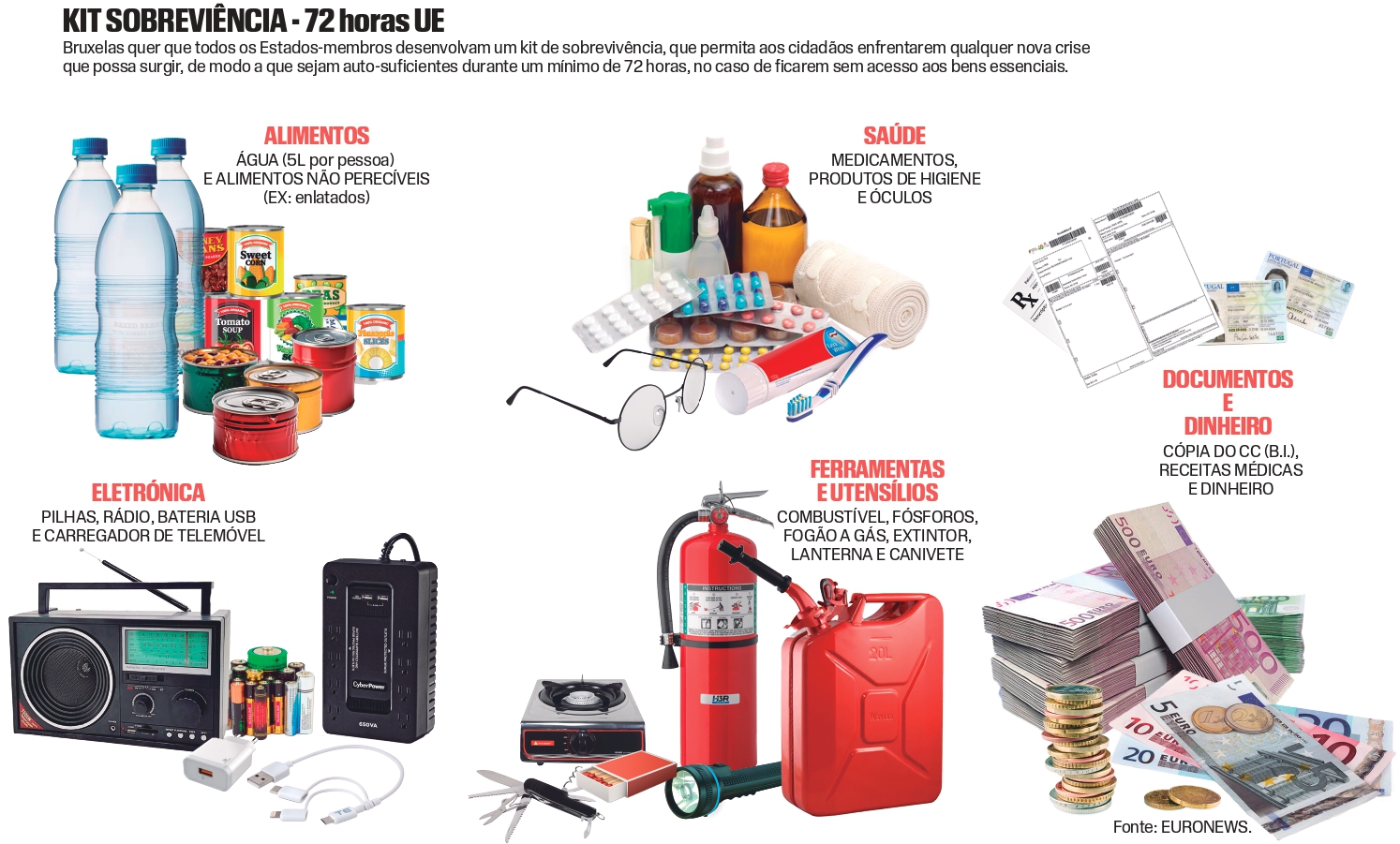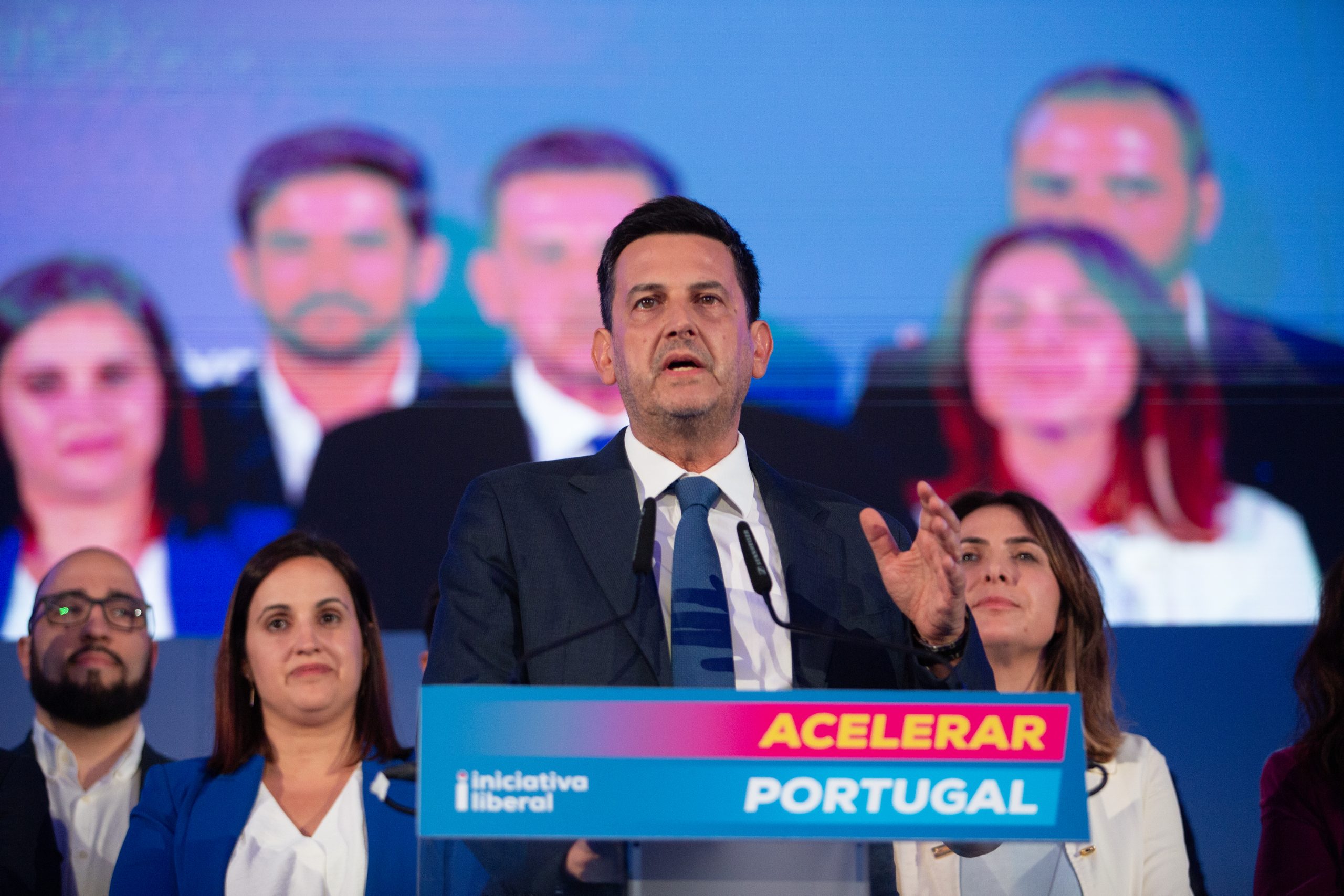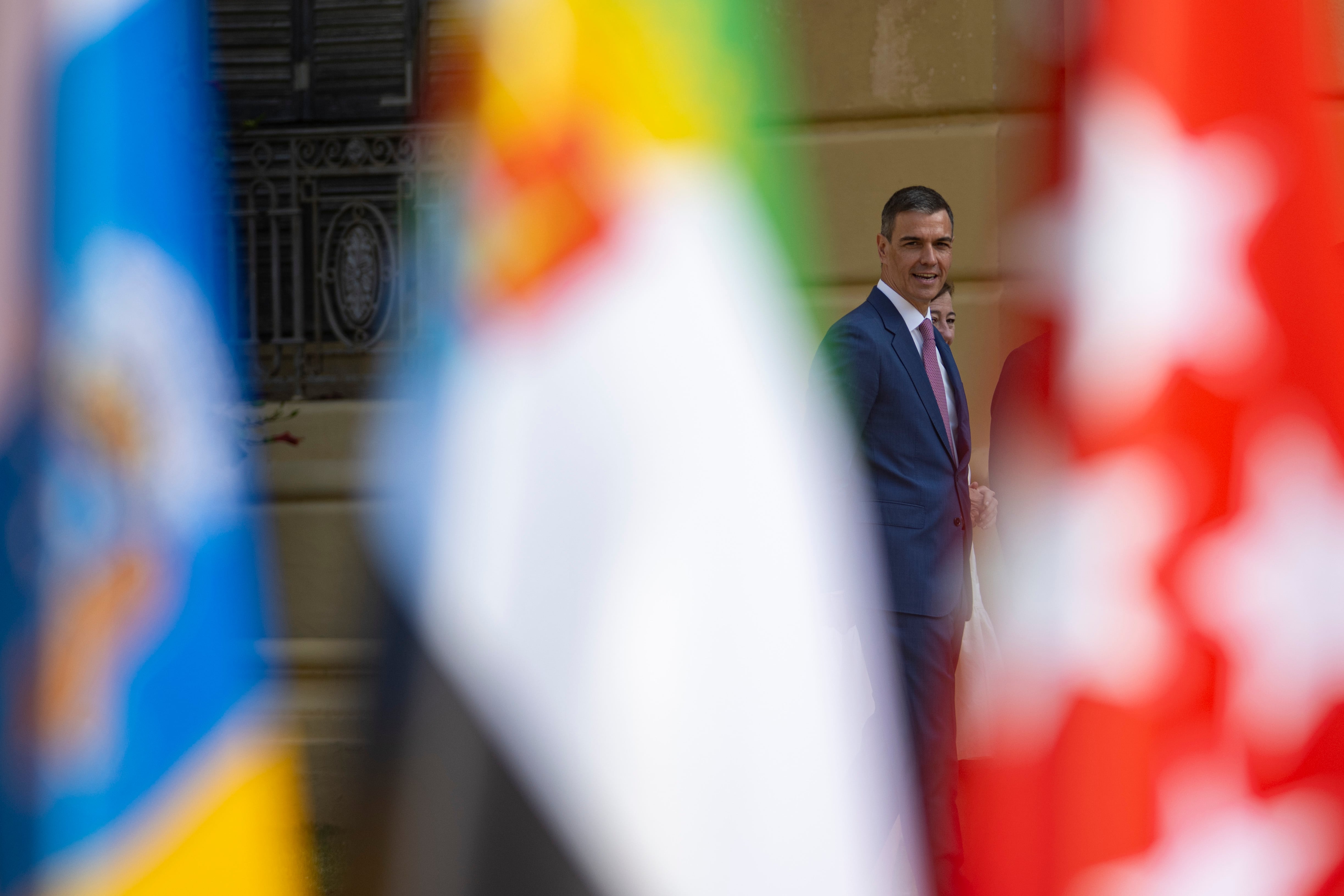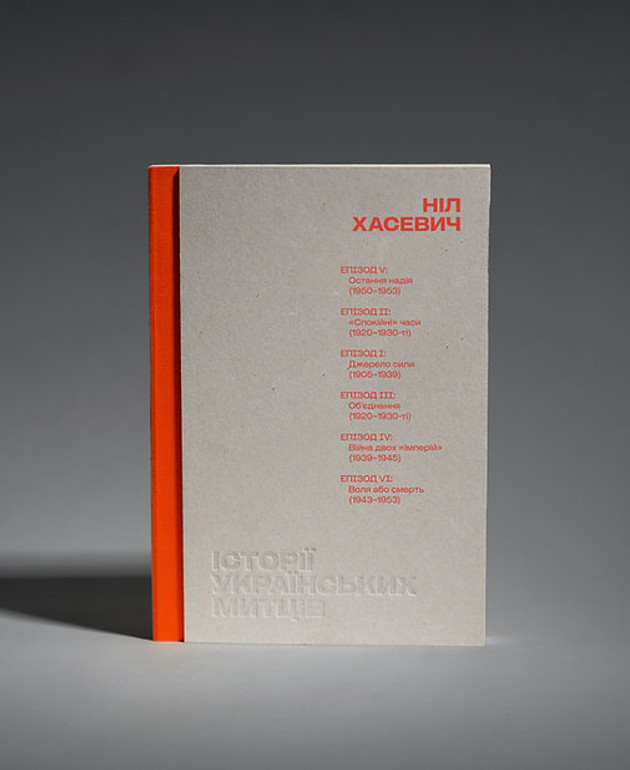wait for the best, but prepare for the worst

The world is dangerous. Since 2020, when the pandemic crisis has affected all parts of the globe, which man faces with various threats to his safety. At a conjuncture still in the hangover of Covid-19, Vladimir Putin Russia invades Ukraine, Hamas, financed by Iran, launches the most devastating attack against the Jewish people since the Holocaust, the tensions in Taiwan’s narrow, and the Liberal International Order, based on international law, globalization and multilateralism seems to have come to its end. The forecast of the end of history, popularized by political scientist Francis Fukuyama in the late 1990s, was manifestly exaggerated and recent events are proof of this. The story has returned and with it resurface new (and old) concerns that lead to the action of the various Players of the international system.
Donald Trump’s reelection in the United States is perhaps the decisive event that dictates the aforementioned return of the story. It is in its second non -consecutive mandate that European dynamics, especially with regard to the security and defense sector, intensify. The distrust of the American « umbrella », pillar without which the transatlantic alliance falls crumbly, led European leaders to seriously face rearmament to finally work out of an indispensable military independence in this new conjuncture. In the end, the European east end serves a new stage for a conflict that is the worst since World War II on the Old Continent, something that has also caused reactions, some justified, of alarmism. The most media has been the recommendation of the European Union, addressed to its citizens, to prepare a «72 -hour emergency kit to face crises». Is it histrionism or a prudent measure?
The European Kit
Brussels’ recommendations, in addition to a set of essential products, also include three dozen actions that citizens of the 27 member states should follow. And they are not only focused on the eventuality of an armed conflict that can climb to the nuclear field, also addressing natural, industrial disasters and even possible attacks on cyber space.
« In the EU we have to think differently because the threats are different, we have to think greater because the threats are also greater »it was the statements that Hadja Lahbib, commission responsible for humanitarian aid and crisis management, gave journalists on March 26, date of the announcement. Regardless of the multiplicity of conjunctural challenges, this appeal to the creation of a kit emergency that contain tools for survival for 72 hours of citizens in case of deprivation of basic essential goods, «Does not start from scratch»said Roxana Mînzatu, commission responsible for the preparation. «The COVID-19 pandemic has shown that the added value of acting jointly and coordinated in jointly and coordinated, within the European Union, is absolutely crucial»concluded Mînzatu.
Several Member States already have such warnings. For example, France, as the Euronewsrecommends a kit that contains «Food, water, medicines, a portable radio, a flashlight, alternate batteries, porters, money, copies of important documents, including medical recipes, alternate keys, hot clothes and basic tools such as knives». Compared to the kit announced by Lahbib, who exposed it in a video published on his official social network account Xit is concluded that they are practically identical.
In the field of coordination between the Military and Civil sectors, the elaboration of risk assessment documents, whose guardianship will be delivered to a new Crisis Coordination Center of Eu. But, according to Euronewsthe first document will only be published at the end of 2026. The justification for the delay resides, according to members of the commission cited by the same news agency, in a case « complex » articulation between the various Member States. “To gather all this, to analyze all this and to produce a document that is digestible and that brings added value, it takes some time. This is why we would not like to do it in a few weeks, because there is a risk of something to be forgotten (…) and some elements of analysis and information are missing »concludes the representative of the commission that opted for anonymity. Even in the face of this slowness, the release of alerts and warnings later this year is planned.
Nordic example
But this is nothing new. In November last year, the Nordic countries conducted awareness campaigns, warnings and recommendations in the event of a military climbing in the Ukrainian conflict that put the safety of the geographically closer countries closer to Russia.
Sweden, for example, distributed about 5 million informative leaflets with the title «In case of crisis or war»having also published an official statement where the following is read: «We live in times of uncertainty. Currently, in our corner of the world, armed conflicts are being waged. Terrorism, cybers and misinformation campaigns are being used to undermine us and influence us. To resist these threats, we have to keep together. If Sweden is attacked, everyone should do its part to defend the independence of the country and our democracy. Every day, along with our loved ones, colleagues, friends and neighbors, we create resilience. In this pamphlet, he learns to prepare and act in the event of crisis or war. It is part of Sweden’s global preparation for emergency situations ». In the case of nuclear attack, the Swedish authorities indicate that «The shelters» They are the best « protection ». «After a few days»continue, « Radiation has decreased significantly ».
In addition to Sweden, Norway and Finland also appealed at the same time the accumulation of food and doctors such as iodine tablets, for example. The European Union thus follows the Nordic example, particularly amplifying the recommendations of Sauali Niristo, former Finnish President.
Thus, the strategy of the European Commission has been sounding the alarms and has triggered concerns – some extremes, some more moderate – but its goal, according to Lahbib, is precisely the opposite: «Knowing what to do in case of danger, imagining different scenarios, is also a way to prevent people from panicking».
Historical examples
Pulling the tape behind, there were several times when the states undertook awareness campaigns like this from the European Union, albeit in slightly different contexts.
In World War II, during the Nazi air strike campaign against the territory – the famous blitz – the government of its majesty distributed pamphlets, gas masks, called for the construction of shelters and the accumulation of essential groceries and even to the “Black Out”ordering the cutting of light and covering the windows with paint and black curtains.
Also in the conflict that marked the second half of the twentieth century, the Cold War, several exercises and warnings carried out on both sides of the barricade. The Soviet Union promoted the construction of bunkers and fostered evacuation practices. In the United States the iconic “Duck and Cover”(Shelter and protect, in a free translation to Portuguese), a red pamphlet of the Federal Administration of Civil Defense (FCDA) in 1951, whose message was adapted to seventh art and radio. According to the Oregon History Project website, “Federal efforts to educate the public about the risks of an atomic attack and survival strategies have taken many forms, including the promotion and distribution of short films, radio programs, news articles, posters and pamphlets. By promoting readiness in the face of an atomic war, FCDA administrators hoped to alert the public to the dangers of atomic war, alarming it enough to participate in the Civil Defense programs, but not enough to panic or become fatalistic..
Other historical examples can be found in Israel during the Gulf War in the early 1990s, where, according to an Israeli source told LIGHTthe population was accompanied by gas masks. Attacks to the twin towers on September 11, 2001 also required the US government to take exceptional measures.
Thus, we see that these alerts are a constant over time and that the goal was never to cause panic, waiting for the best, but preparing the population for the worst.








